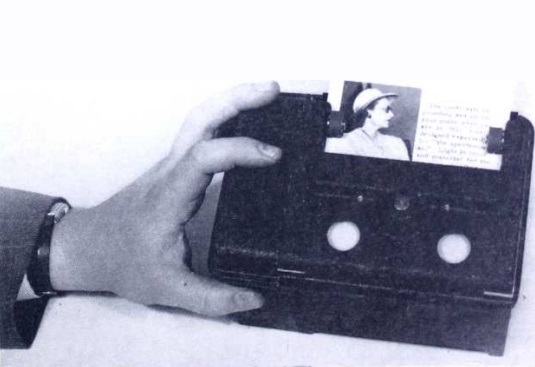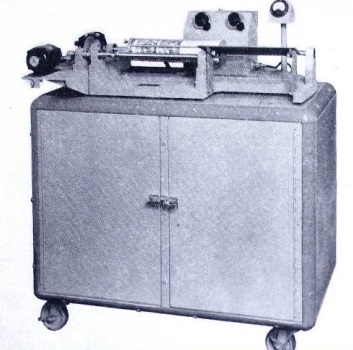Today, we take a look at a technology that never caught on, namely, broadcast facsimile.
Seventy years ago this month, the June 1947 issue of FM and Television carried an article optimistically entitled, “Facsimile is Ready for Home Use,” detailing both the technology and the economic aspects. At that time, a standard had not yet been adopted, and the author, the magazine’s publisher Milton Sleeper, noted that this was the first step necessary to get the technology off the ground. Home receivers were ready to hit the market for $100, but sales were unlikely unless consumers knew that the set could be used to receive future facsimile broadcasts from any FM station.
The author advocated for a standard of a 4.1 inch width, 105 lines per inch, 3.43 inches per minute. He noted that this would require a subcarrier with an audio signal ranging from about 2-5 kHz, which he pointed out would be well within the flat-response range of all FM receivers. Others were apparently pressing for an 8.2 inch width, which he noted would require greater bandwidth.
The “chicken and egg” problem, of course, was content. As he noted, newspapers weren’t particularly keen on providing content to a free competing service. Even if they could be convinced, there was little interest in starting the service before receivers were on the market. And receivers wouldn’t be on the market without content.
Few, if any, technical barriers stood in the way. Sleeper describes how he set up a demonstration at a trade show on short notice. He was given the idea the day before the show, and managed to get the equipment installed at a station that same evening. The station had an experimental license, and apparently broadcast the facsimile over its normal audio channel. The receiver could be plugged in to any FM receiver, and was also set up in short order.


